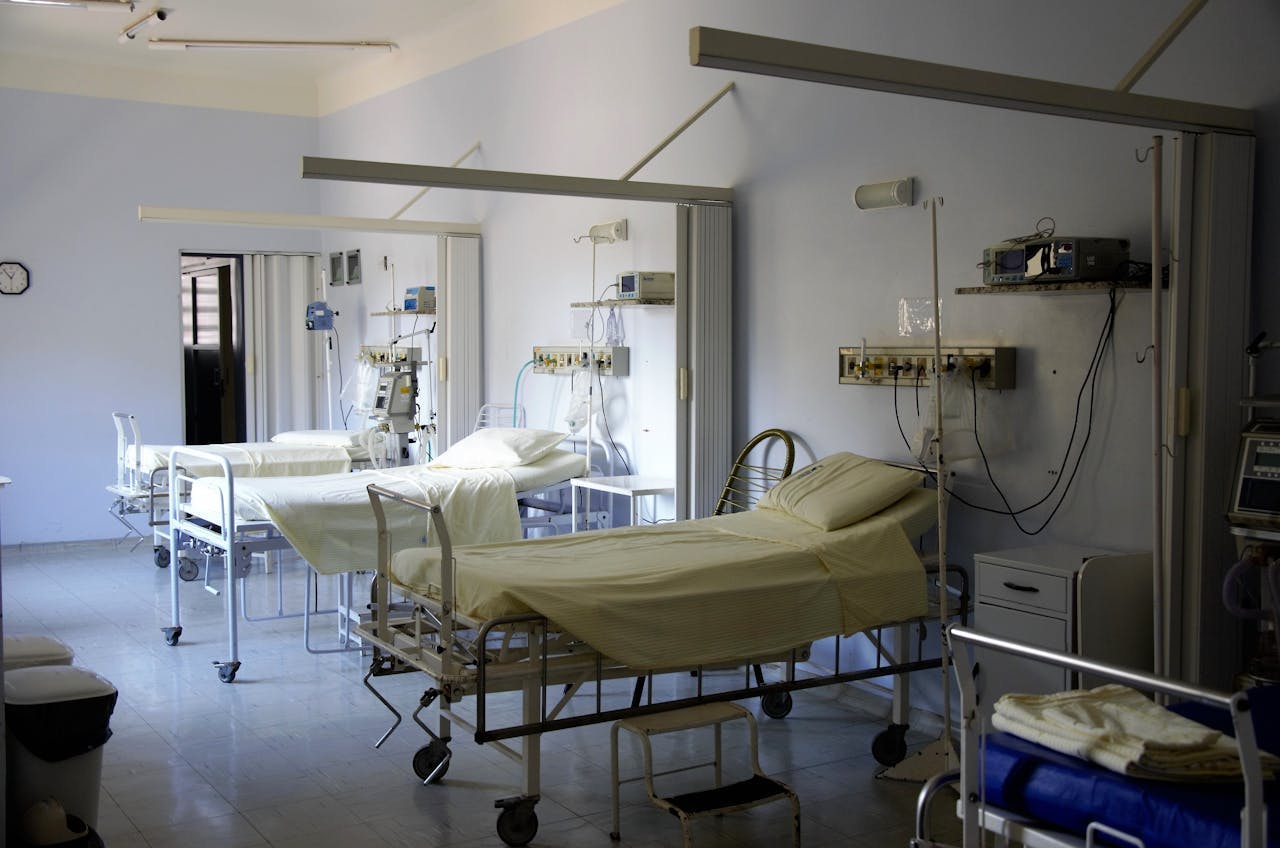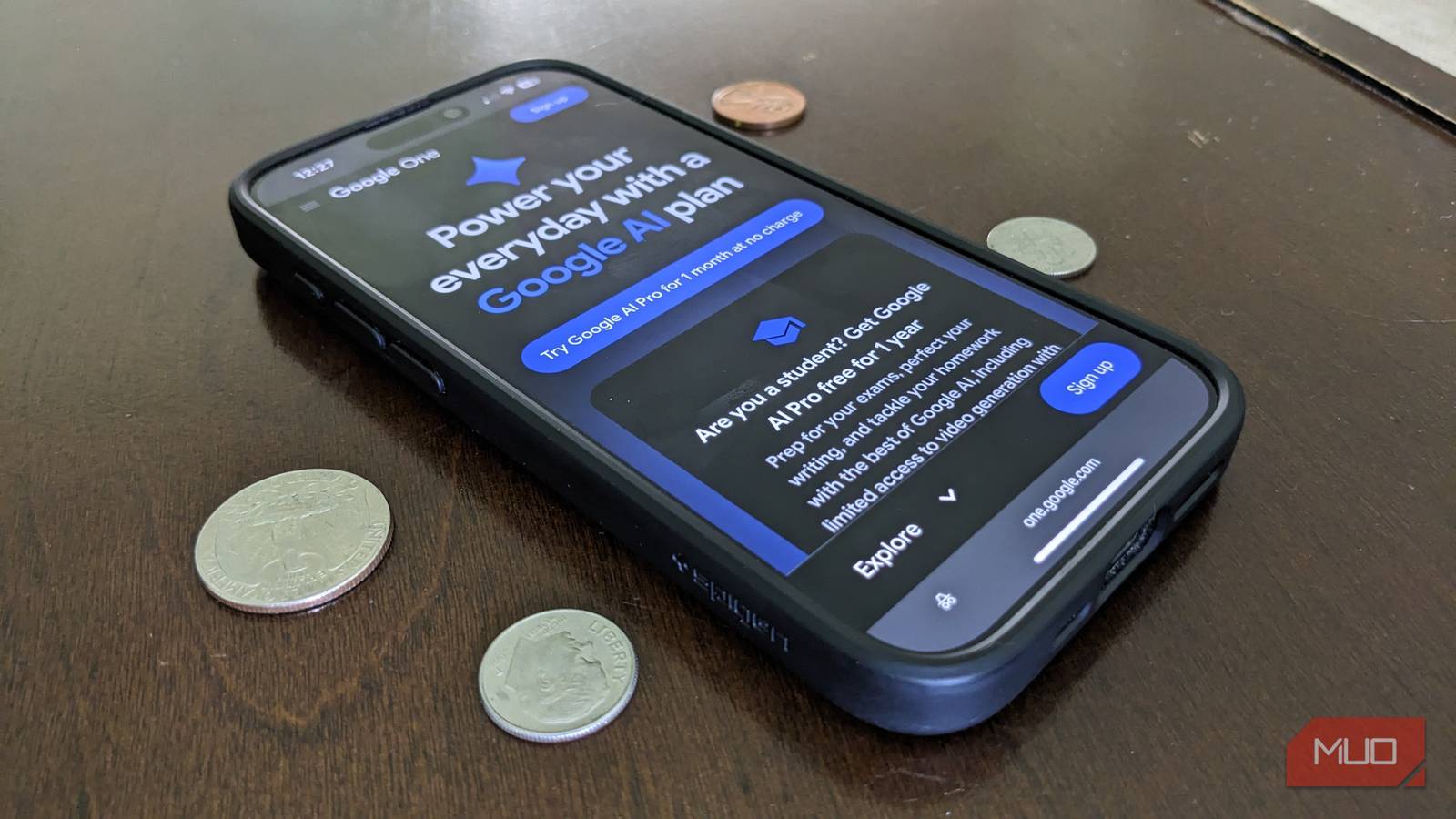If you’ve ever wondered how hospitals ensure their rooms are clean, you’re not alone. Health care staff have relied on visual checks and occasional lab tests to validate cleaning for years. However, they have to deal with human error, slow turnaround times, and no clear standard for what “clean” really means. That’s where adenosine triphosphate (ATP) testing comes in, and now, artificial intelligence (AI) and robotics are taking it to the next level.
By automating ATP testing and hygiene monitoring, AI-powered systems are reducing errors, speeding up results, and predicting where contamination risks will pop up next. Instead of relying on guesswork or waiting days for lab cultures, hospitals can act in real time to stop infections from spreading.
Why Hygiene Monitoring Needs a Tech Upgrade
Cleaning validation isn’t as simple as wiping down a surface and moving on. The most effective way to reduce infection is to use an integrated process that combines the latest scanning technology and visual inspection. Traditional approaches often fall short — visual inspections miss microscopic contamination, and lab cultures can take days to process. ATP testing gives health care facilities a faster way to measure cleanliness, but it still has major limitations.
You can’t detect viruses with ATP — only organic pathogens like bacteria and fungi — and residual detergents or even contamination by microfiber cloths can throw off the readings. Each manufacturer uses its own baseline for “clean,” making results hard to compare. Without automation, ATP tests depend on consistent human sampling, leaving room for error.
That’s why health care systems are now looking to AI and robotics. These tools don’t just run tests — they analyze, predict, and monitor hygiene continuously.
What Is ATP Testing?
ATP is a molecule found in all living cells. When you test a surface for ATP, you’re essentially checking for organic residue, such as leftover microbes, food particles, or bodily fluids. The test works by swabbing the surface, mixing the sample with an enzyme that reacts with ATP, and then getting a reading using a luminometer to measure the amount of light produced. The result is given in relative light units (RLUs).
More ATP means more contamination. ATP testing can’t tell you what the particular pathogen detected is, only that it’s there. Still, it’s faster than waiting on a lab culture, which makes it useful for quick hygiene checks.
Imagine combining that process with AI algorithms that analyze results across hundreds of swabs daily, spotting trends humans might miss. That’s where things get interesting.
How AI Is Automating ATP Testing
AI’s real strength in hygiene monitoring is data interpretation. When you swab a surface and get an RLU number, that number alone doesn’t mean much. Once you feed thousands of results into a machine learning system, patterns start to emerge.
AI-powered ATP platforms can:
- Spot trends that indicate a cleaning protocol isn’t working.
- Compare contamination levels across departments, shifts, or even cleaning staff.
- Flag high-risk areas in real time, long before infections spread.
For example, some systems already pair ATP results with software dashboards. With AI layered in, those systems can become predictive by showing what’s dirty today and where contamination may happen tomorrow.
This shift means hygiene monitoring becomes proactive rather than reactive. Instead of waiting for infections to spike, you can prevent them.
Robotic Hygiene Monitoring in Action
AI may handle the brainwork, but robotics brings the muscle. Hospitals already use robots to disinfect rooms with UV light or disinfectant sprays. What’s new is combining that physical cleaning with ATP monitoring.
Picture a robotic system disinfects a patient room and also swabs key surfaces, runs ATP tests, and uploads the results to an AI platform. The robot doesn’t get tired, skip a step while “on its phone,” or overlook a corner. It provides consistency that humans can’t match on their own, and it can also verify whether the cleaning staff’s training is effective in managing the required sanitation levels.
Robotics can navigate high-touch zones, like bed rails, doorknobs, and nurse call buttons, and create a hygiene map of a facility. Over time, that map helps infection control teams pinpoint chronic problem areas and adjust cleaning schedules according to traffic flow.
Smarter Sanitation With AI
Cleanliness isn’t static. A freshly sanitized surface can be contaminated minutes later in a busy hospital. That’s where AI-driven sanitation schedules come in. Instead of cleaning on a fixed routine, AI systems use data to decide where and when it’s most needed. By analyzing traffic flow, patient movement, and past ATP results, AI generates optimal cleaning schedules focusing on where these will make the most difference.
Hand hygiene is another area where automation makes a visible impact. AI systems can track whether staff members are washing their hands properly by using computer vision cameras near sinks or wearable sensors that detect movement. Instead of waiting for periodic audits, you get real-time compliance data.
AI and Robotics Beyond ATP
While ATP testing is a big part of hygiene monitoring, AI and robotics go well beyond that.
1. Outbreak Prediction
AI can analyze electronic health records, lab reports, and even social media to detect early signs of outbreaks. Some systems, like Canada’s advanced AI system called BlueDot, already do this globally, and hospitals are adopting similar systems.
2. Automated Disinfection
Robots equipped with UV-C lamps or electrostatic sprayers can disinfect patient rooms, operating theaters, and public spaces more consistently than manual cleaning. Unlike humans, they don’t miss a spot. While a surface may look clean to the eye, it may not be sanitized of biological contaminants, which is where ATP testing verifies what cleaning staff can’t see.
3. Smart Hospital Rooms
Some facilities are experimenting with smart rooms where sensors participate by sharing information about air quality, surface contamination, and patient vitals. AI interprets that data, while robotic systems handle touchless disinfection.
Together, these tools form a layered defense of prevention, detection, and intervention all rolled into one hygiene system.
Challenges and Limitations
Automation doesn’t solve everything, and ATP testing has some scientific limits. It doesn’t measure viruses, can give false positives, and there’s some variability between different devices. This means hospitals need to interpret results cautiously.
On the AI and robotics side, cost is a major hurdle. Not every facility can afford robotic fleets or the infrastructure they need. Training staff to trust and use these systems also takes time. Data privacy is also a concern since AI systems run on vast amounts of sensitive patient information, which administrators must protect.
Some ethical questions also merit consideration. For instance, should a robot make the call that a room is safe for the next patient, or should a human always verify? Hospitals are still working through these decisions.
The Business Case for Automated Hygiene Monitoring
Despite many challenges, AI offers compelling economic benefits. Health care-associated infections (HAIs) cost U.S. hospitals billions yearly in extended stays, lawsuits, and insurer penalties. One infection can easily cost a facility more than a robot.
Automation pays off because of the following:
- Fewer HAIs: Real-time ATP monitoring and predictive cleaning cut infection rates.
- Better compliance: Automated reports make it easy to prove adherence to safety standards.
- Operational efficiency: AI optimizes cleaning schedules, reducing wasted labor and inefficiently used sanitation products.
- Staff support: Robots handle repetitive cleaning, freeing staff for patient care.
The Future of Hygiene Monitoring
Look ahead a few years, and it’s easy to imagine hospitals where continuous monitoring is the norm. Instead of random spot checks, every surface could be tracked 24/7 through embedded sensors. AI would flag and predict problems, and robots could act before staff get an alert.
This shift could affect more than just health care. Schools, airports, and food manufacturing plants are already considering the same technology to prevent outbreaks and protect public health. What starts with ATP testing and robotics in hospitals is likely to spread everywhere you expect and hope to find clean, safe environments.
A Cleaner Future With AI ATP Testing
Hygiene monitoring is moving from clipboards and flashlights to algorithms and autonomous machines. By automating ATP testing and layering it with AI and robotics, you get a system that measures cleanliness and predicts risks, reduces errors, and safeguards patients in real time.
For you, that means health care facilities can move faster, keep environments cleaner and safer, and stay ahead of pathogens instead of chasing them. The future of hygiene monitoring is smarter, faster, and continuous — and it’s already here.








